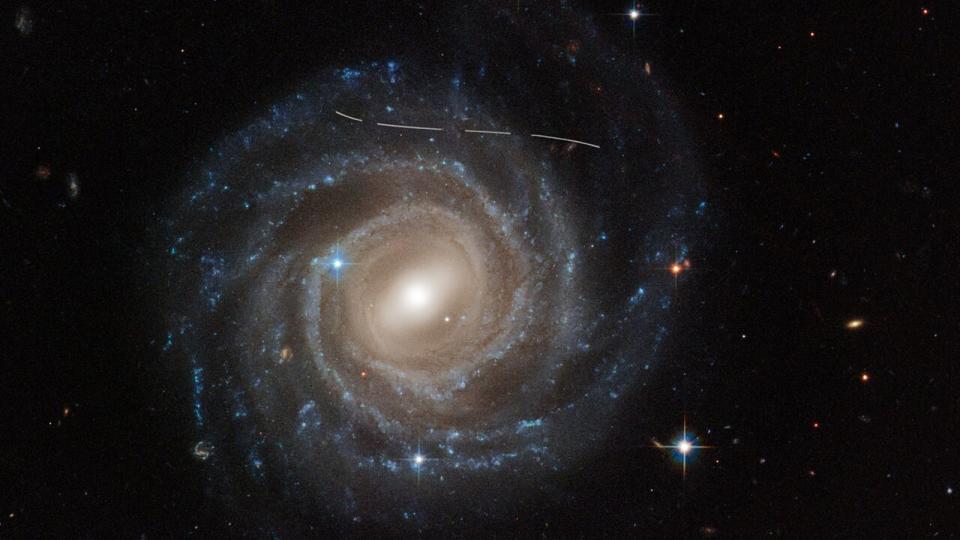Researchers just found more than 1,000 new solar system objects hiding in plain sight

More than 1,000 never-before-seen space rocks have been discovered in the solar system after secretly photobombing images of the cosmos for decades. A combination of artificial intelligence and citizen scientists helped uncover the asteroids hiding in archival photos from the Hubble Space Telescope, a new study shows.
Our cosmic neighborhood is littered with asteroids. Scientists have already discovered more than 1.3 million of the space rocks, most of which lie in the asteroid belt between Mars and Jupiter, according to NASA. There are likely hundreds of thousands if not millions more asteroids waiting to be discovered. However, these remaining space rocks are likely the smallest and therefore faintest bodies in the solar system, which makes them very hard to spot.
In the new study, published March 15 in the journal Astronomy and Astrophysics, researchers highlighted 1,031 previously uncategorized asteroids from archival Hubble data. They were identified by artificial intelligence (AI) that was trained by thousands of citizen scientists to spot faint streaks of light left behind by the tiny space rocks.
"We were surprised to see such a large number of candidate objects," study lead author Pablo García-Martín, a researcher at the Autonomous University of Madrid in Spain, said in a statement.
Although these asteroids were discovered randomly, their projected orbits suggest that most of them belong to a single population within the asteroid belt, which makes them even more valuable to researchers.
"There was some hint that this population existed, but now we are confirming it," García-Martín said. "This is important for providing insights into the evolutionary models of our solar system."
Related: 'Planet killer' asteroids are hiding in the sun's glare. Can we stop them in time?

The asteroid streaks in the Hubble photos are the result of the space telescope racing around Earth as it takes long-exposure images of distant galaxies. The asteroids would normally go unnoticed in images like this because the space rocks are millions of times fainter than the faintest stars in the night sky. However, the streaks make them much more noticeable and enable astronomers to infer information on their size and orbital characteristics.
Since 2019, more than 11,000 citizen scientists have been combing through images in search of these streaks. This project, known as Hubble Asteroid Hunter (HAH), has massively helped astronomers who would otherwise have had to sift through the images themselves.
related stories
—How long can an asteroid 'survive'?
—The 8 most Earth-shattering asteroid discoveries of 2023
—NASA's most wanted: The 5 most dangerous asteroids in the solar system
In the new study, researchers gave HAH members a group of Hubble images to sort through and then used the results as a training set for an AI to help it learn how to detect the photobombing space rocks. The team then used this AI to comb through 37,000 Hubble images taken over a 19-year period in search of new asteroids. The AI identified a total of 1,701 candidates, of which 1,031 had never been seen before.
The researchers were surprised by how well the AI identified the asteroids and are now hoping to use similar methods to search through different kinds of archival datasets to pull out other hidden gems from these astronomical treasure troves.
